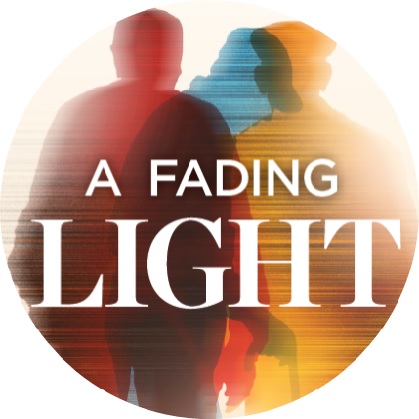A Fading Light: Chapter 9

The questions I’m referring to are those that keep whirling around in our heads without any hope of resolution

I
’d like to offer a recommendation for a simple technique that really worked to relieve my stress, not only during my years as a caregiver, but also during my widowhood.
It’s a technique I came up with on my own, and it wasn’t until several years later that I learned that imagery is, in fact, a device often employed by practitioners of cognitive therapy.
I used it when I was obsessing over the kind of things caregivers and the bereaved generally obsess over: Am I doing — or did I do — the right thing? Why did I choose option A over option B? Why wasn’t I more patient/understanding/kind? What does the future hold?
Of course, some of these questions require soul-searching and demand answers. If we can come up with answers that will help us do better the next time we find ourselves in similar circumstances, we have no business ignoring them. But the questions I’m referring to are those that keep whirling around in our heads without any hope of resolution. Such thoughts drained my energy, made me feel miserable, and robbed me of the little sleep available to me.
The question, then, was what to do with them? For a long time, I hadn’t the faintest idea. Then, all of a sudden, I had an idea — or rather an image — of a lockbox.
I can’t explain how or why this image popped into my head when it did. It just happened. This particular lockbox was an elaborately carved Spanish treasure chest. It was made of black leather and had an ornate lock. The key was huge, larger than any I had ever actually seen.
With that image before me, I developed a plan. I decided I’d allow myself a fixed amount of time to dwell on my worries — and then place them inside the box. The first time, I worried for about ten minutes. Then I pictured myself putting those thoughts into the box and locking them up. Each step was done slowly and deliberately. I can’t describe how good it felt when, at the very end of the process, the box was securely locked.
An offshoot of the lockbox therapy that worked equally well for me involved a giant balloon, big enough to hold all my worries. I’d picture myself in an outdoor space — usually a park or a beach — holding firmly onto the string. After a few minutes, during which I imagined my worries being transferred into the balloon, I would let go. Free, for the moment, of the worries that weighed me down so heavily, I’d feel a lightness of heart I rarely experienced as a caregiver or, later, as a widow.
(Excerpted from Family First, Issue 647)
Oops! We could not locate your form.


